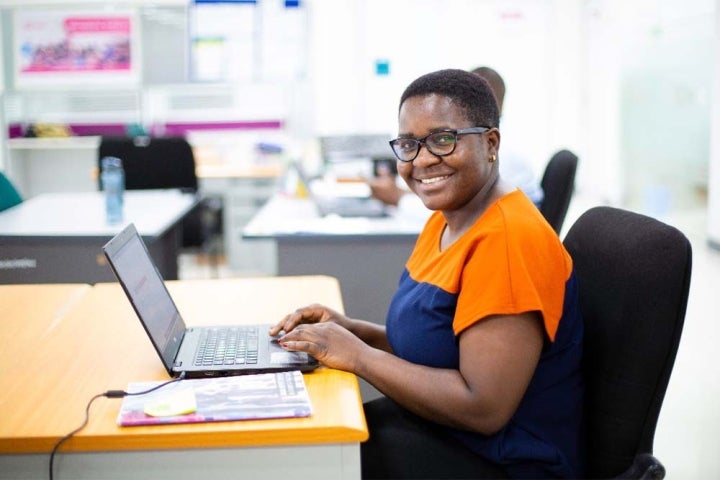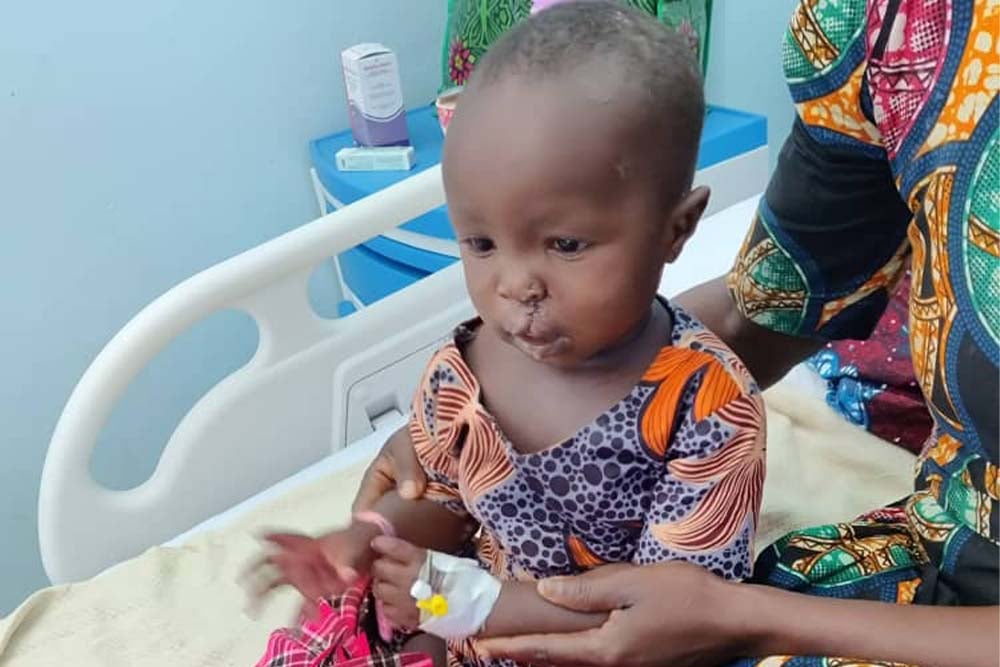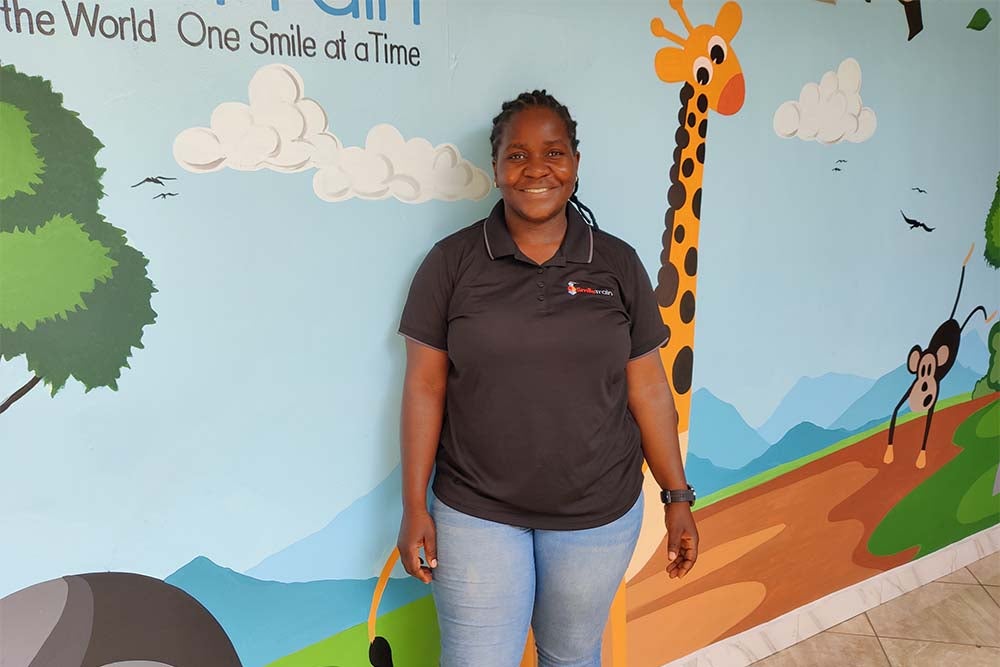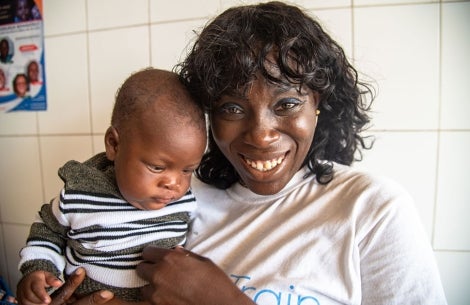Veronica Kamwela Is Transforming Ignorance Into Love Across Tanzania

Veronica Kamwela is Smile Train’s Program Manager for Tanzania. In honor of International Women’s Day, we caught up with this fearless woman to discuss why this work is so personal for her, how Smile Train’s model is already building a sustainable future for world-class cleft care in her country, a patient she’ll never forget, and more.
Tell me about your journey to Smile Train.
Before joining Smile Train, I worked with a youth organization that empowered young people with life skills, sexual/reproductive health education, vocational and educational training, and hands-on skills and provided materials for them to start or expand their businesses. I first came to know about Smile Train through an online job search board. I was very interested in joining the team to bring smiles to children with clefts, as I grew up seeing someone with a cleft and, sadly, we used to believe she was a witch.
What has it been like to work for Smile Train? What appeals to you about this work?
Working with Smile Train has been like a dream come true. You see the impact in someone’s life immediately after surgery. The transformation is visible. In my previous work, the impact tended to take a lot of time and was sometimes very hard to measure.
Is there a patient who particularly inspired you?
I’ll never forget Sikujua. She was born in a forest, and her mother thought broken glass had cut her lip. Her mother shared with me that breastfeeding Sikujua was very challenging, so, in desperation, she gave her cow’s milk — but she still kept losing weight*. Later on, the family learned about Smile Train, and they took a severely malnourished Sikujua to their nearest partner hospital. They were admitted for two weeks then sent back home to use what they learned to take care of Sikujua, but it was challenging for them to go back for treatment because they didn’t have enough money for bus fare and had lost communication with the hospital. As Sikujua grew up, they hid her inside so people would not see and laugh at her. She covered her face with her arm each time they had visitors at home. When she was one year and eight months old, she was not able to speak, but she understood when they told her to pick something up. After her cleft lip surgery, her mother couldn’t believe how her daughter’s face had transformed. She decided to change her name from Sikujua (which means “I Didn’t Know”) to Upendo (“Love”). Upendo is now waiting to receive her cleft palate surgery and other interventions like speech therapy from the partner hospital.

You recently spearheaded the creation of the first cleft ear, nose, and throat (ENT) program in East Africa. Why is this such a big deal?
Starting the ENT program was a great initiative for people with clefts here, as the majority have hearing problems. I am excited that, through this intervention, our patients will finally have this vital support.
What are your strategies for raising awareness and growing programs in Tanzania?
I raise awareness through radio communication, flyers, bulk SMS, marathons, and attending different meetings and workshops organized by Smile Train. My plan for growth is to have partners in all of the zones in my country.
What more can be done to strengthen our programs across the region?
Our programs will be strengthened when more people are aware of them. We also need to get the government more involved and ensure that every patient everywhere in Tanzania is able to receive comprehensive care beyond surgery, such as nutritional support, speech therapy, ENT services, psychological counseling, and more.

Why is Smile Train’s cause and model meaningful to you?
It’s the sustainability. Thanks to our years of investments in cleft teams across the country, I think we have come close to the point where, even without Smile Train's continued presence here, children with clefts would still receive high-quality treatment because we now have teams of local medical personnel like surgeons, anesthesia providers, nutritionists, and more who have been specially trained to take care of these children, and also to train the next generation in the best techniques.
Why is doing this work for cleft treatment, specifically, so important?
The work is very important to me because the beliefs I once had about the person with a cleft I knew when I was young are still held by many. People still believe that those with clefts are witches, that they are not normal, and therefore should not be associated with. Cleft treatment is very important to me, as it means we are helping these people live lives just like other community members.
What is your ultimate hope for healthcare across Africa?
Cleft cases are increasing here compared to previous years. I hope that governments and healthcare providers will start prioritizing cleft patients and implement a better treatment plan, like working with organizations such as Smile Train.
*Cow’s milk, even boiled and cooled, is NOT a substitute for mother’s milk. This is not medical advice, and you should always consult your pediatrician or certified nutrition specialist if your child has difficulty nursing.

